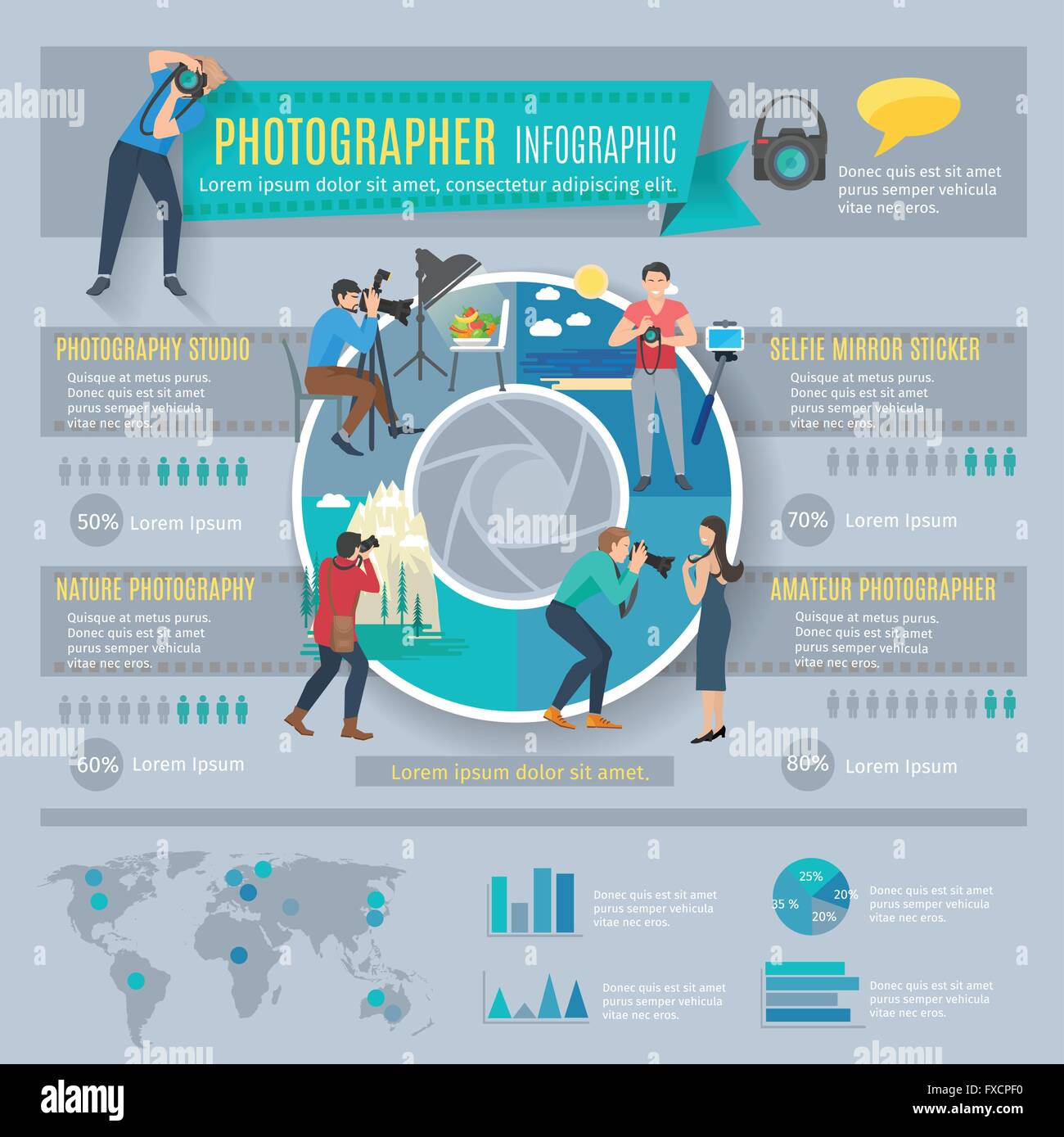Transform Your Photography By Mastering Illumination Techniques That Can Elevate Your Photos-- Uncover The Typical Mistakes That Could Be Holding You Back
Transform Your Photography By Mastering Illumination Techniques That Can Elevate Your Photos-- Uncover The Typical Mistakes That Could Be Holding You Back
Blog Article
Team Writer-Futtrup Polat
As a photographer, you know that illumination can make or damage your pictures. Comprehending the nuances of both all-natural and artificial light is important for catching the state of mind and quality you go for in your job. Whether you're going after the ideal golden hour glow or fine-tuning your man-made setups, mastering these aspects can boost your photography considerably. However there are common risks that many ignore, and recognizing them can change your method to every shoot. Let's discover what you may be missing and exactly how it can impact your outcomes.
Understanding Natural Light
Recognizing natural light is vital for any type of photographer seeking to improve their work. It's the structure of excellent digital photography, influencing state of mind, tone, and clearness. When you fire outdoors, take notice of the moment of day. The gold hour-- soon after sunrise and prior to sundown-- provides soft, warm light that can transform average scenes right into sensational images.
Don't undervalue the power of overcast days. Cloud cover diffuses sunlight, producing a soft, also light that's ideal for pictures and macro digital photography. You'll find colors pop in this kind of lights without rough shadows.
Positioning matters, as well. Always consider headshots for acting near me to the light. If the sunlight's behind your subject, you might end up with a shape, which can be dramatic yet mightn't be what you desire. On the other hand, direct sunshine can develop unflattering darkness.
Experiment with angles; in some cases, changing your point of view can yield fantastic results. Use all-natural reflectors, like water or sand, to bounce light onto your subject, including dimension.
Mastering Artificial Light
Understanding synthetic light is vital for digital photographers that want to take their skills to the next level. Whether you're making use of speedlights, workshop strobes, or continuous lights, understanding how to control these resources can substantially boost your pictures.
Begin by acquainting on your own with the fundamentals of light quality, direction, and shade temperature level. Explore different modifiers like softboxes, umbrellas, or grids to control the soft qualities or cruelty of the light.
You'll find that soft light commonly creates lovely results, while harsher light can include drama and deepness. Don't avoid shadows; they can enhance the three-dimensionality of your topics.
Pay attention to the placement of your lights. A light located as well close to your subject can develop unflattering outcomes, while too far away can lead to a lack of information. Use https://telegra.ph/Discovering-The-World-Through-The-Lens-Traveling-Photography-Essentials-01-09 or your camera's histogram to guarantee you're subjecting appropriately.
Last but not least, bear in mind that artificial light can be combined with ambient light for innovative results. Stabilizing these resources might take practice, once you master it, your photography will truly shine.
Methods for Various Scenarios
When you enter different capturing scenarios, adjusting your lights methods is important for capturing the very best images. For outdoor portraits, make use of the golden hour-- morning or late afternoon light-- to soften shadows and boost complexion.
If it's a harsh noontime sun, take into consideration utilizing a reflector to jump light back onto your subject or look for shaded locations for a more even exposure.
In low-light situations, like indoor events, raise your ISO and use a vast aperture to allow in even more light. A tripod can help eliminate video camera shake, permitting longer exposures without obscuring.
If you're shooting at night, explore off-camera flash to create dynamic lights and deepness in your photos.
For item photography, use diffused lights to stay clear of harsh representations. Softboxes or light tents can assist achieve this impact.
When photographing landscapes, consider the direction of light and time of day, as it can considerably transform the mood of your shot.
Constantly be ready to readjust your setups and positioning based upon the circumstance, as flexibility is essential to understanding lights in photography.
Verdict
In conclusion, understanding illumination is vital to boosting your photography skills. Accept all-natural light's beauty throughout golden hour, and do not avoid trying out man-made light methods. By adapting your method to different situations, you'll catch magnificent pictures that reverberate with emotion and clearness. Bear in mind, the ideal illumination can change a common shot into something remarkable, so keep exercising and refining your understanding of both all-natural and artificial light. Satisfied capturing!
